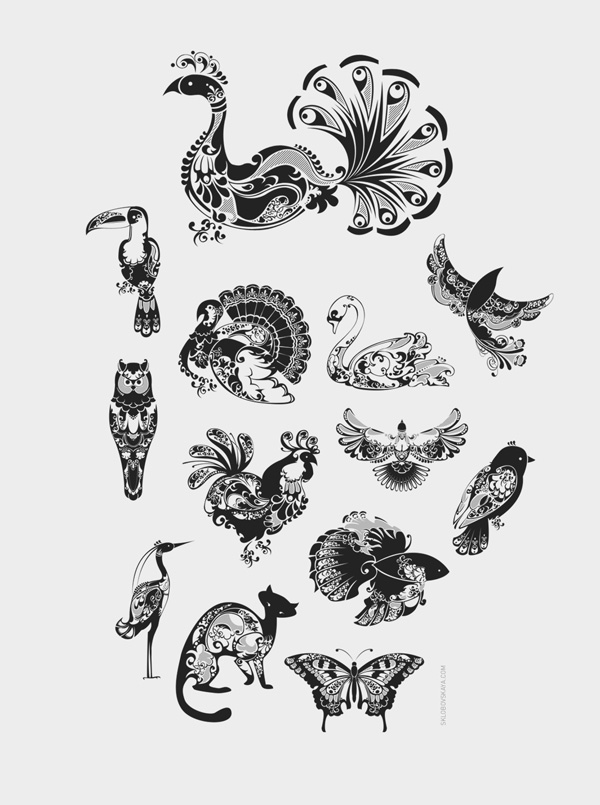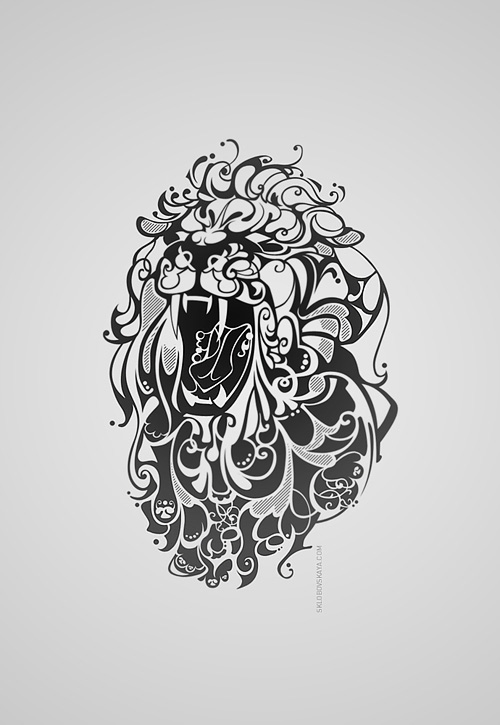Julius von Bismarck is an artist interested in changing the way the public views their everyday world. He uses a number of mediums and ideas in an attempt to alter our usual perceptions of the space around us. At only 29 years old, he is currently working at CERN, the largest particle physics research center in the world, as an artist making connections between art and theoretical physics. Many of his projects use digital information and technology to change what the viewer sees. In his "Public Face" series, von Bismarck mounted huge faces above the cities of Berlin and Lindau and used facial recognition software to change the expression on the face depending on the average expression of people in the city.
 |
| Public Face I in Berlin |
In one of his most popular projects, called the "Image Fulgurator", von Bismarck is able to add whatever image he would like inside the photographs of people around him.
 |
| Von Bismarck with the Image Fulgurator |
The device was named after the Latin word for lightning, which is "fulgur", and according to von Bismarck means "the flash thrower". This is because the fulgurator works by projecting an image onto an object or person that is only visible after someone takes a photograph of it using flash. This allows him to add his own message to popular tourist attractions or political speeches. In one of his cleverest uses of the fulgurator, von Bismarck projects the logos of companies onto the politicians they sponsor, photographically branding them with the symbol of their keepers.
 |
| (Mayor of Berlin) Wowereit powered by "O2" |
Von Bismarck has a patent for his invention, but he is still worried that it will be used for the wrong purposes by others in the future, specifically advertising companies. he says that he has been offered "a lot of money for it, but [his] intention is for it to present the opposite side."
I believe that von Bismarcks invention is a powerful force for individuals to get a chance to put their own opinion onto usually untouchable subjects in a way that is both effective and fairly innocent. I share his fears that in a few years no one will be able to travel anywhere and take a picture without some companies logo or slogan appearing in the photograph, but as long as it is used by the general public as their own form of commentary I think it is doing something progressive and important.











